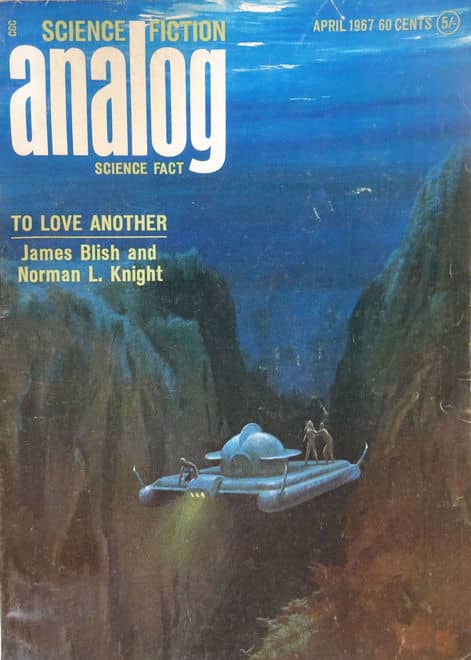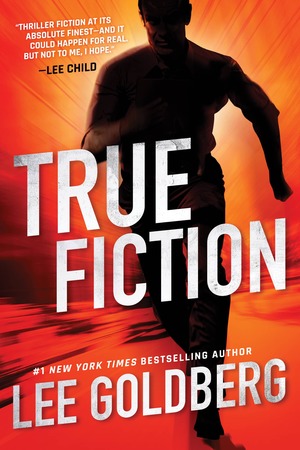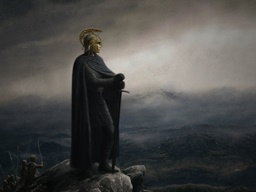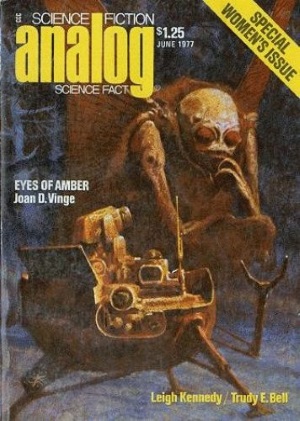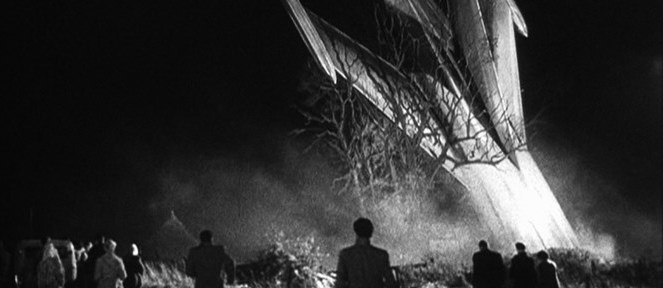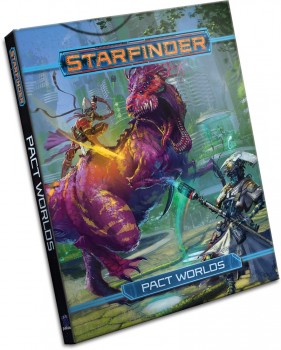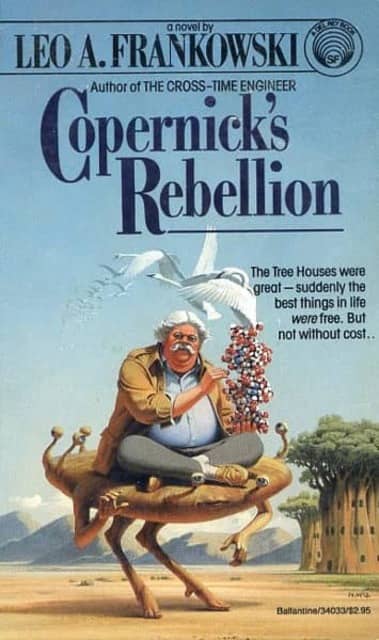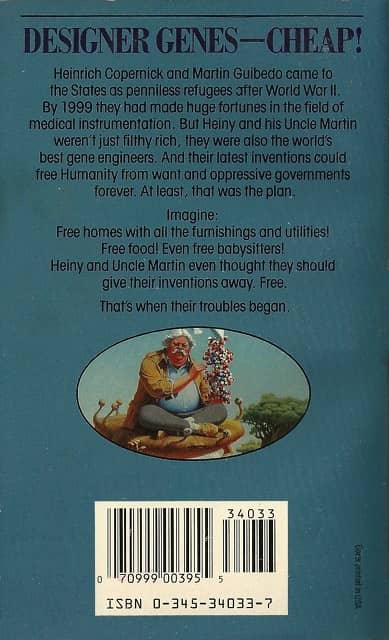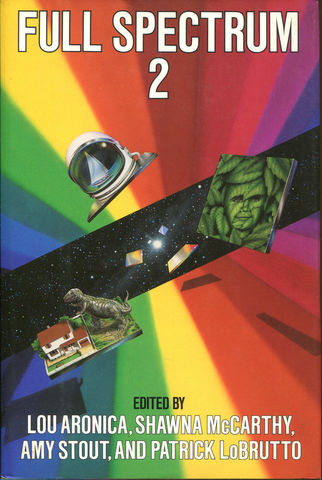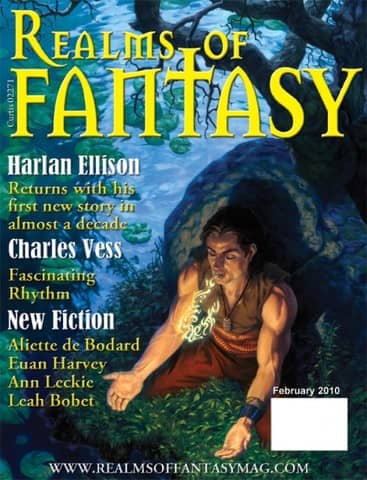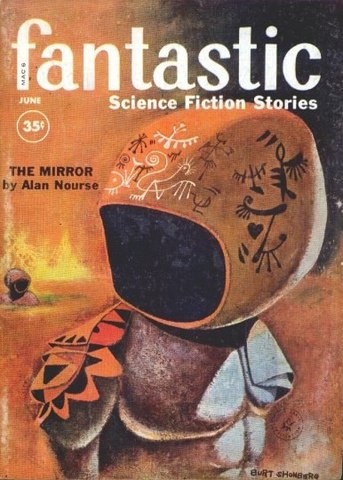Witch World by Andre Norton
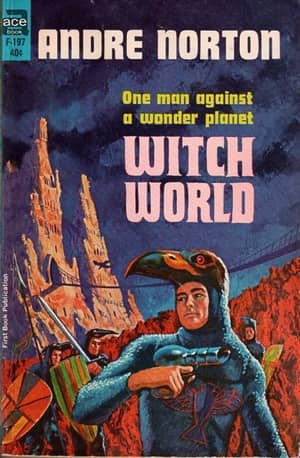 This isn’t merely an excercise in cross-promotion (it is that, just not only that), but also a chance to redress a failing in my reviews of Andre Norton’s Witch World books. Neither here at Black Gate nor back at my own site, Stuff I Like, have I ever actually written about the first book in the series, Witch World. Now that I’m a “special guest” on the just released episode of the Appendix N Book Club podcast about the book, I believe I have a responsibility to write it up, too.
This isn’t merely an excercise in cross-promotion (it is that, just not only that), but also a chance to redress a failing in my reviews of Andre Norton’s Witch World books. Neither here at Black Gate nor back at my own site, Stuff I Like, have I ever actually written about the first book in the series, Witch World. Now that I’m a “special guest” on the just released episode of the Appendix N Book Club podcast about the book, I believe I have a responsibility to write it up, too.
I’ve written a fair amount about Andre Norton’s classic Witch World series over the past six years. So far, I’ve read five of the Estcarp books, two of the High Hallack books, and two collections of short stories. While several of the books are less than stellar, overall the series is terrific.
Sadly, instead of being one of the salient series from sword & sorcery of the 1960s and 70s, it’s a half-forgotten afterthought. While I want to say that that’s a savage indictment of the nature of contemporary readers, really it’s the lamentable reality of the fate of the vast sum of popular fiction, no matter how objectively good it is or how much we love it. All a fan can do is put it out there that these are good books, still worth reading, and hope for the best.
Born in 1912, Alice Mary Norton worked as a teacher, a librarian, and finally a reader for Gnome Press before becoming a full-time writer in 1958. By then she’d already had a dozen books published, including such classics as Star Man’s Son, 2250 A.D. and Star Rangers. Based on their easy style and simpler characterizations, most of her early books would probably be classified as YA today. It was with 1963’s Witch World that Norton first wrote a full-fledged sword & sorcery book, steeped in pulp gloriousness.
The opening of Witch World is straight out of a Third Man-style film noir. Some years after the close of WWII, Simon Tregarth is a disgraced ex-US Army Lieutenant Colonel and desperate black marketeer on the run from his own associates. He’s just killed two of them, but the worst and most dangerous is still hunting for him.
